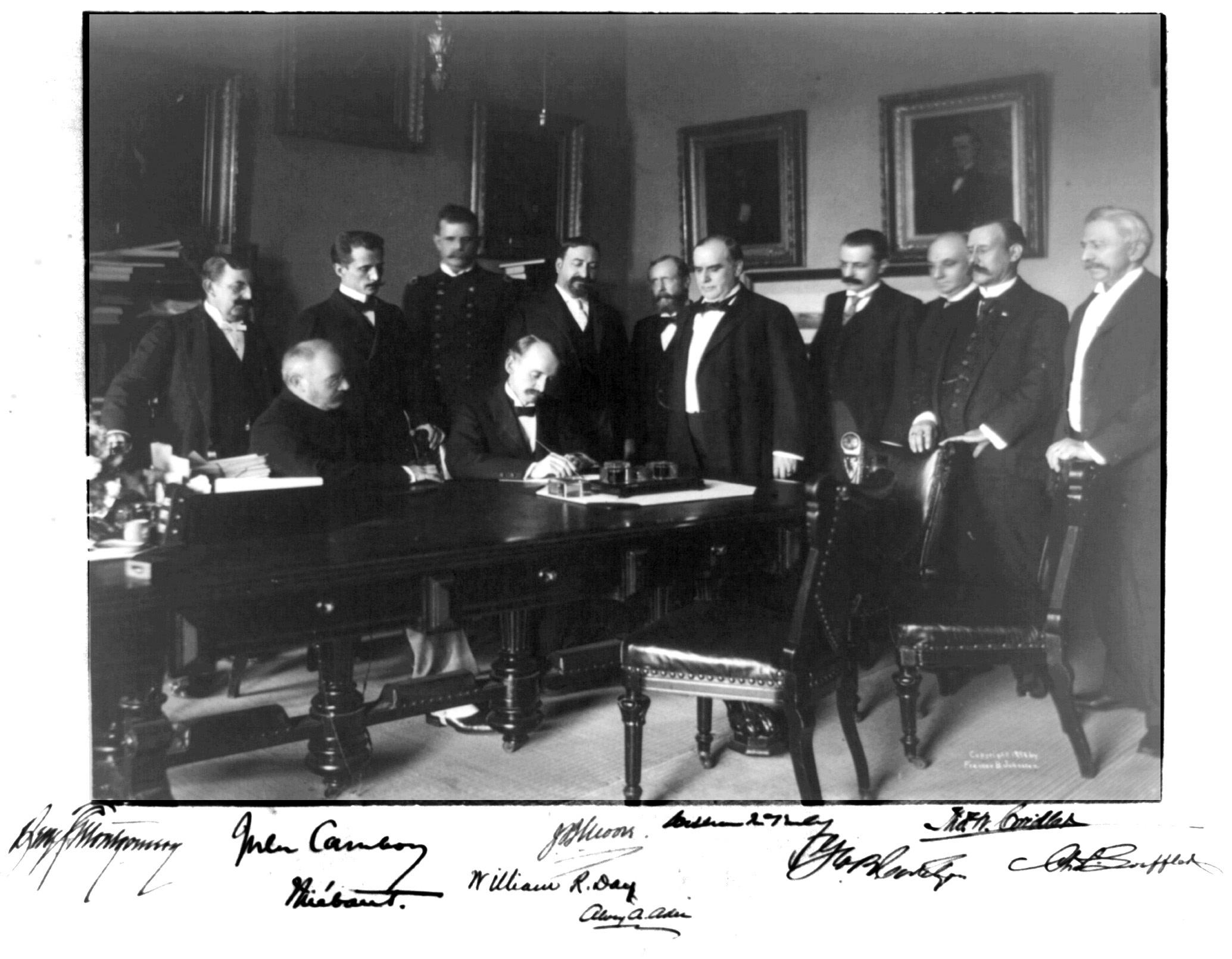VII
PHILIPPINE ARTIFACTS AND ARTWORKS SHOWCASED IN HISTORIC EXHIBITION AT THE MUSÉE DU QUAI BRANLY
As a testament to their ever-deepening bilateral relations, the
governments of France and the Philippines—along with several key players in both countries in the fields of commerce, culture and the arts—had committed themselves to staging in 2013 what would be described as the “biggest exhibition on the Philippines held in France and even in Europe for more than 20 years.”43
From an idea of two museum directors who met through the Asia-Europe Museum Network (ASEMUS)44—Stéphane Martin and Corazon Alvina45—and an elaborate plan which took more than five years to complete, the grand Paris exhibition entitled, “Philippines, archipel des échanges (Philippines: Archipelago of Exchanges)” had been born. The concept was then transformed into reality when a memorandum of agreement on it was signed in Manila by the Philippine Government and French Prime Minister Jean-Marc Ayrault, who was in the Philippines for an official visit from 19 to 21 October 2012, the first one ever by a French head of government.46 Opening to the public in 2013, on the Philippine Day of Valor on April 9, and running until France’s national day, the Bastille Day on July 14, the exhibition was artistically arranged in more than 2,000 square meters of space in Paris’ Musée du Quai Branly.47 The choice of venue was in itself a coup as Musée du Quai Branly is considered as the premier national museum in France that features the arts and cultural heritage of indigenous peoples around the world.48 Representing Philippine President Benigno S. Aquino III, Vice President Jejomar Binay joined French Prime Minister Jean- Marc Ayrault in inaugurating the exhibition on 8 April 2013. Curated by Constance de Monbrison and Corazon Alvina, the exhibition featured more than 300 pieces on the arts and culture of the Cordilleras and of the coastal communities, mostly in 347
DISCOV _INT PP 050719.indd 359
5/7/19 8:55:11 PM


































